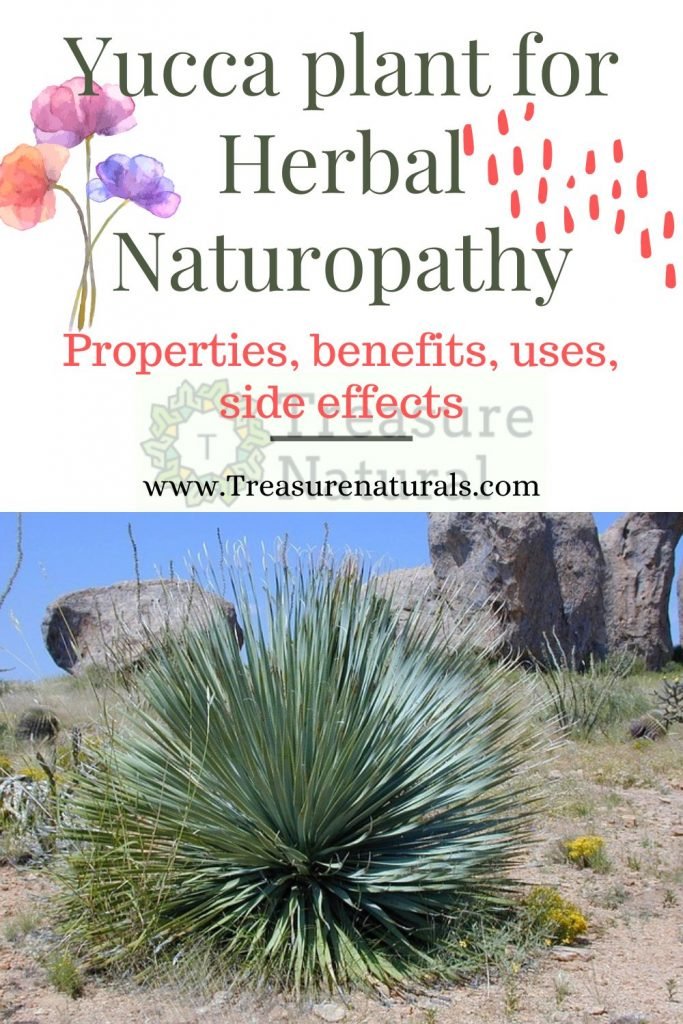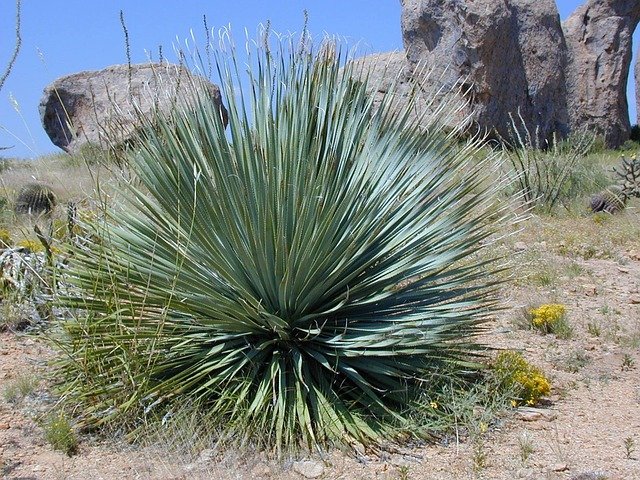
Yucca, or yucca, is a plant belonging to the Agavaceae family, rich in vitamin B, mineral salts and saponins, useful for sportsmen and against headaches. Let’s find out better.
Properties of the yucca
The yucca is a native plant of the Americas, an agavacea that blooms in a complex system of particularly aesthetic white flowers, and whose tubers are usually eaten.
It is a food rich in starches, B vitamins, ascorbic acid and mineral salts, an excellent reintegrator and tonic, indicated for convalescents, sportsmen, and people with gastrointestinal disorders, thanks to its digestive properties.
The yucca also contains particular saponins capable of acting positively against headaches, hypertension, hypercholesterolemia, arthritis.
How to use
INTERNAL USE: yucca is a food, therefore its exclusive internal use is contemplated, after cooking, usually boiling.
Contraindications of yucca
The large amount of potassium contained in yucca tubers makes it unsuitable for people who follow a diet low in this element and for people suffering from kidneys.
Description of the plant
It has a squat, cylindrical trunk, from which leaves branch out similar to sword blades arranged in a fan shape.
Some species can exceed 10 meters while others more shrubby tend to stay lower. It blooms with beautiful pinnacles of bell-shaped white flowers.
The edible part consists of a firm and oblong tuber, with a hard and brown skin.
Habitat of the yucca

The generic name yucca is applicable to at least forty different species, some of which are toxic and inedible.
However, they all share more or less the same habitat, arid and rocky , often real deserts at the foot of the rocky mountains like those typical of the Southern United States.






